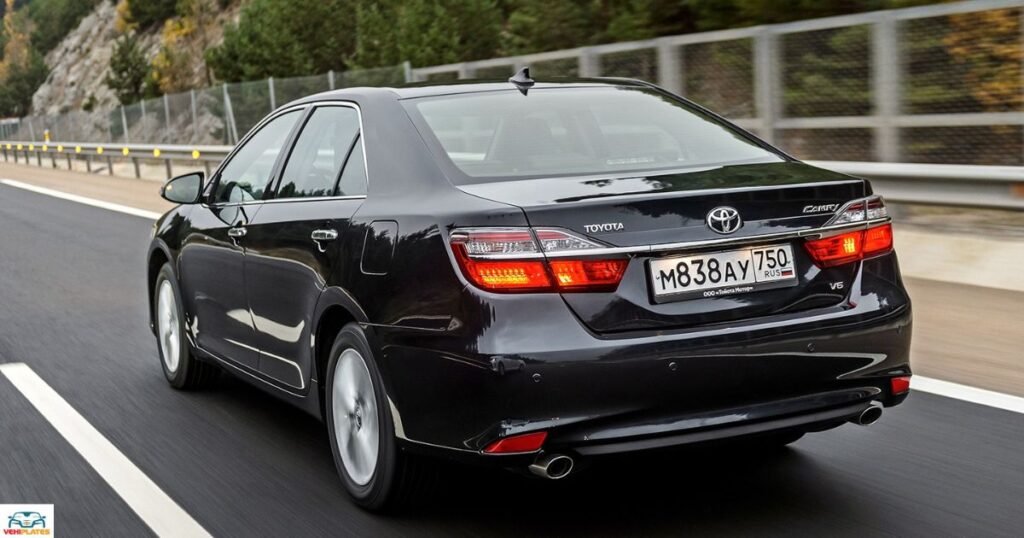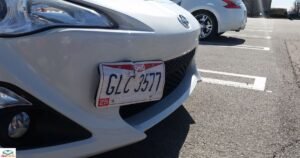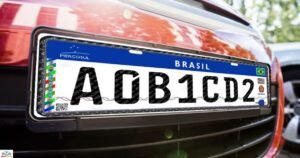When a car is declared totaled due to severe damage from an accident or other reasons, there are several steps a vehicle owner must take. One such consideration is what to do with the license plates attached to the totaled vehicle.
This article will explore the various options available to car owners in this situation, guiding them through the process of handling license plates after their vehicle has been declared totaled.
Understanding Total Loss
Before delving into the specifics of dealing with license plates, it’s essential to understand what constitutes a totaled car. A vehicle is typically considered totaled, or a total loss, when the cost of repairs exceeds a certain percentage of the car’s actual cash value (ACV) or when the damage is so severe that it’s deemed unsafe to repair.
License Plate Regulations
- License plate regulations vary by state and jurisdiction.
- It’s essential to understand the specific laws governing license plates in your area.
- Regulations may dictate procedures for plate transfer, surrender, or disposal.
- Familiarizing yourself with these regulations ensures compliance and avoids potential penalties.
Transfer Plates to a New Vehicle

Car owners can transfer their license plates from the totaled vehicle to a new one they buy in several places. This option can be practical and affordable, especially if you customize or make the plates unique in some way.
There can be some restrictions and constraints, such as registering the new car within a certain amount of time or understanding requirements like the ‘What Is PAVL License Plate.‘
Surrender Plates to the DMV
When a car owner declares their vehicle totaled, they might have to turn in their license plates to the Department of Motor Vehicles (DMV) or another equivalent agency.
State laws frequently require plate surrender in certain situations or when individuals are not transferring the license plates to another car.
Proper Plate Removal
| Steps for Proper Plate Removal |
| 1. Use a screwdriver to unfasten the plates from their mounts. |
| 2. Carefully remove any registration stickers or tags. |
| 3. Ensure all screws and fasteners are securely stored. |
| 4. Clean the area where the plates were mounted. |
| 5. Dispose of old plates according to local regulations. |
After removing the plates, store them securely and follow local guidelines for disposal or surrender to the DMV.
Temporary Plates for Replacement Vehicles

When a car owner decides to transfer their license plates to a new vehicle, the DMV could provide temporary license plates to enable the owner to legally drive the replacement vehicle while they process the transfer.
Usually, these temporary license plates have a set duration of validity and require display in accordance with local laws. People often wonder about the specifics, like ‘What Size Screws For Toyota License Plate?’
Notification of Plate Transfer or Surrender
- Notification of plate transfer or surrender is crucial for ensuring proper documentation and compliance with regulations.
- Car owners should inform the Department of Motor Vehicles (DMV) or relevant authorities about the transfer or surrender of license plates.
- This notification helps facilitate the registration process for the new vehicle or the proper disposal of the plates.
- Failure to notify the DMV may result in potential issues or penalties, underscoring the importance of adhering to notification procedures.
Personalized or Specialty Plates
Specialty or personalized license plate owners may need to take extra precautions. Sentimental significance could attach to these plates, or rules could govern their transfer or surrender.
To learn how to handle such plates in the event of a totaled car, it’s imperative to speak with the DMV or other pertinent authorities.
FAQ’s
Can I transfer my license plates to a new vehicle?
Yes, in many cases, you can transfer your license plates to a new vehicle you purchase.
Do I need to surrender my license plates if my car is totaled?
In many cases, surrendering plates is required, but it depends on the regulations in your state or jurisdiction.
How do I properly remove license plates from a totaled car?
Carefully use a screwdriver or appropriate tool to unfasten the plates from their mounts.
Conclusion
When totaling an automobile, handling license plates requires knowing the rules and following them, whether you’re giving the plates to the DMV or transferring them to a new car.
Car owners can assure compliance with applicable regulations and smoothly handle this portion of the total loss process by adhering to established processes and standards.
When handling license plates in these kinds of circumstances, it’s important to take into account things like proper plate removal, notification of plate transfer or surrender, and specific requirements for personalized or specialty plates.










